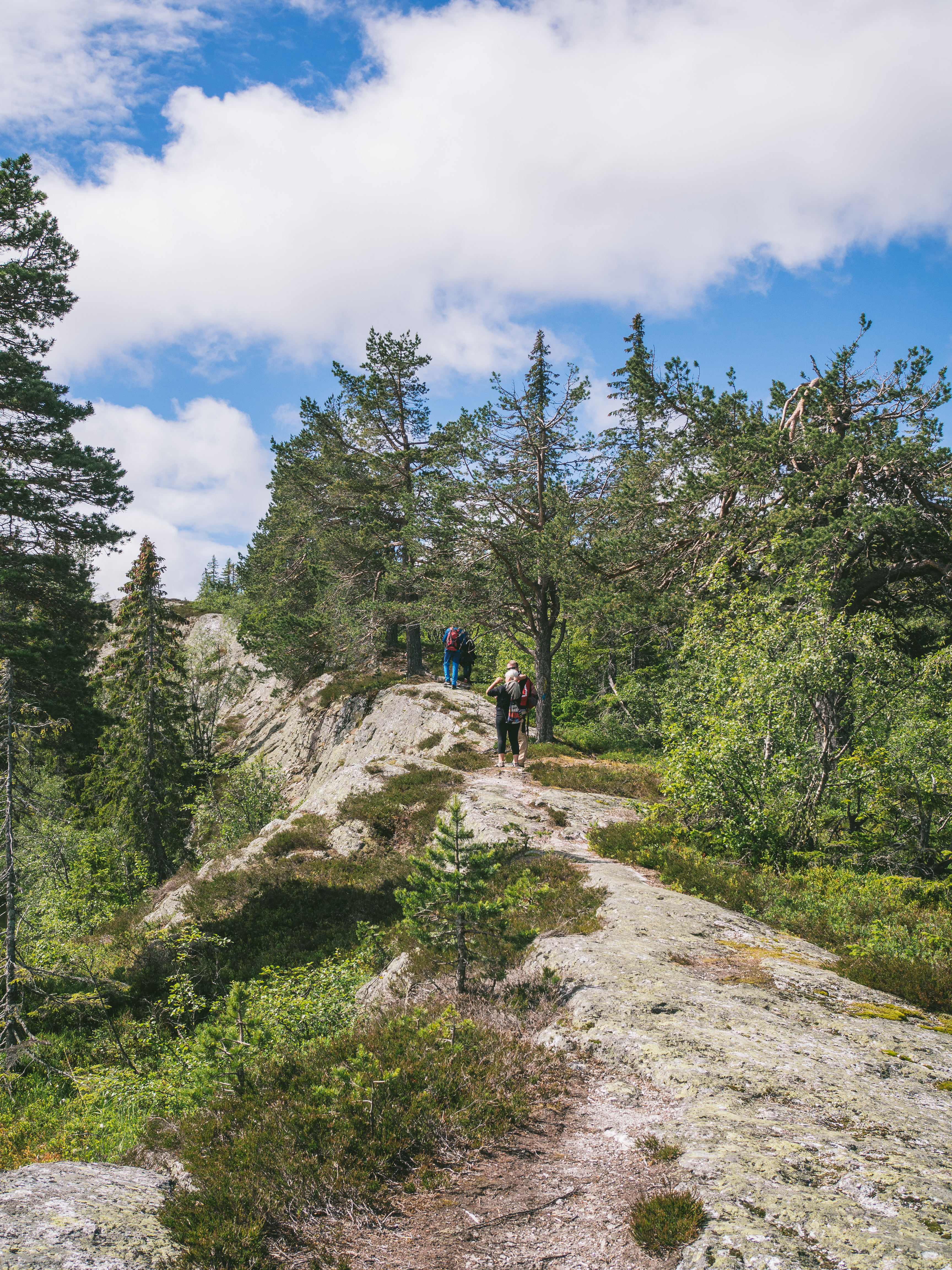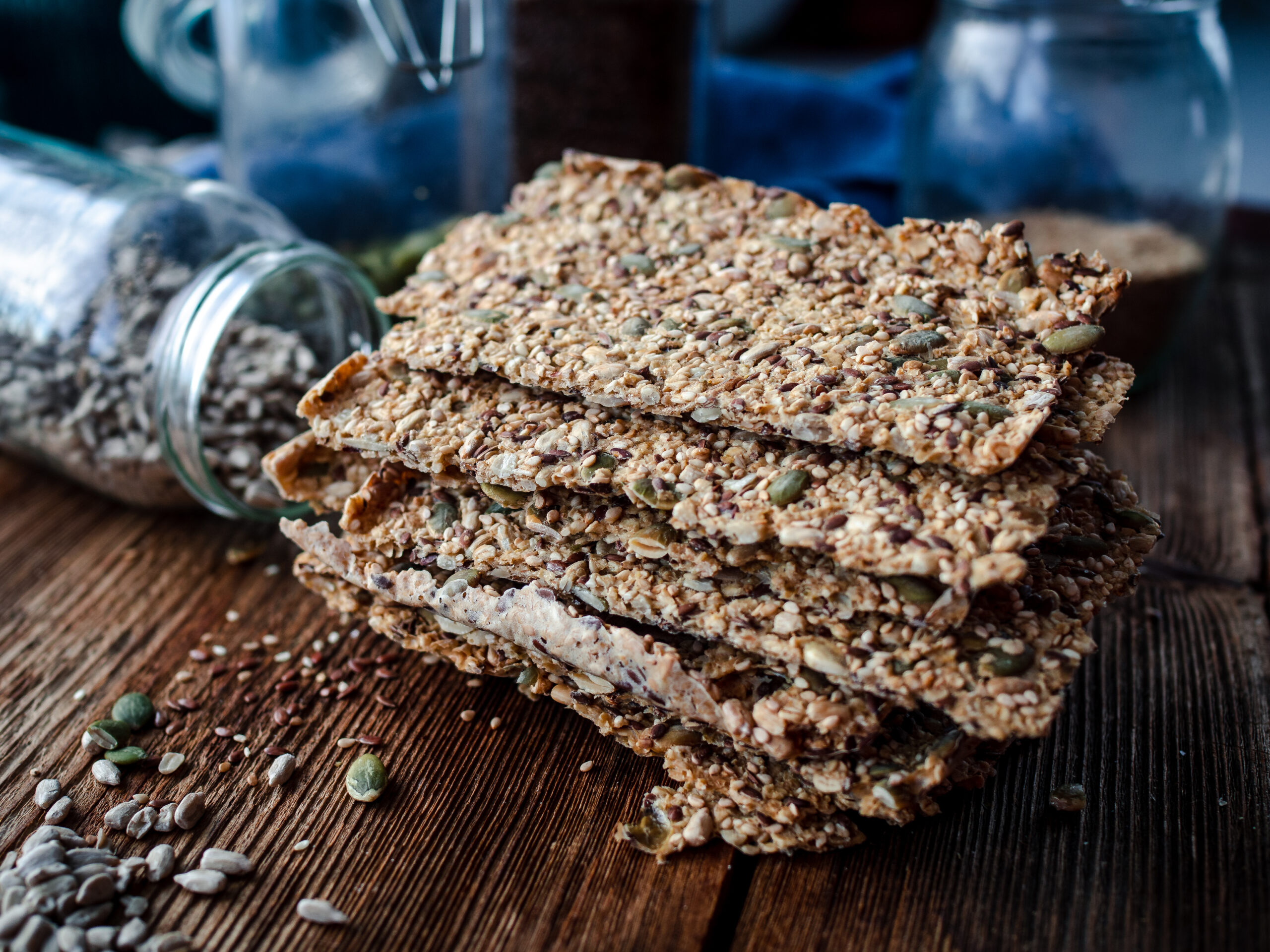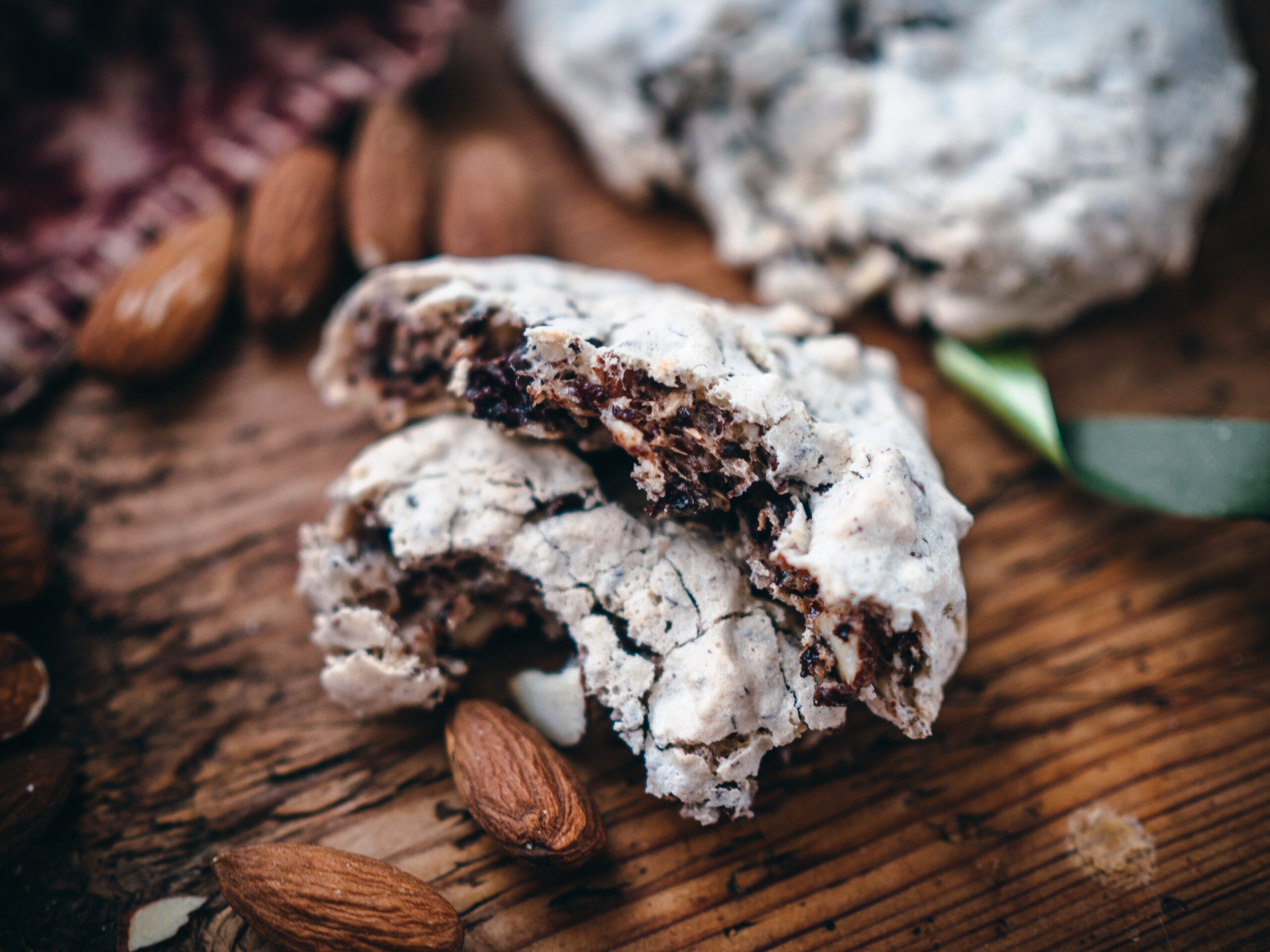
Friluftsliv (literally translated as “free air life”) is an expression meaning open-air living or outdoor recreation. It’s a lifestyle that reflects the passion for nature that Norwegians and Scandinavians hold so dear and one that is rooted in a mindfulness of being connected to the larger whole. Friluftsliv also supports the human desire for uplifting experiences while highlighting the need for happiness and mental health.
From the very beginning, humans have lived off of the land developing a body and mind that is devoted to a life in, and of, nature. During the past centuries, we have developed a culture that, in many ways, has given us permission to remove ourselves from this symbiotic relationship. At times, we can feel as though we are on the outside of nature rather than one with it. Yet, when life’s struggles can be overwhelming, we often find a peace and serenity by reconnecting with nature.
This connection is extremely important in Norway, with an appreciation and curiosity encouraged from an early age. However, seeing the outdoors as a way to achieve a greater wellbeing is more of a modern phenomenon and was popularized in Norway in the mid-1800s. Before this, the relationship with nature played more of a natural and vital role in the lives of Norwegians. For instance, being outdoors was often a practical exercise one would undertake to care for the animals, gather food, clear land, and effectively work to live.
In the mid-1800s, foreign aristocracy began traveling to Norway for leisure fishing and mountain hiking. The outdoors in Norway became an arena for those wishing to escape their normal routines. The rural areas were also highlighted and romanticized by artists and writers, following a strong focus on Norwegian nationalism after the dissolution of the union with Denmark. The term, friluftsliv, was popularised in the 1850s by the Norwegian playwright and poet, Henrik Ibsen, in his poem On the Heights. He used the term multiple times to describe the freedom won through distancing from social expectations for spiritual and physical wellbeing (source).
More and more people wanted to experience the real Norway and those Norwegians who were pioneers in exploration became national heroes. In 1868, the Norwegian Tourist Association was established to make access to the natural areas easier. In the 1900s, leisure activities went from being something the wealthy could afford to a right for the general public. While the right to travel freely in nature “allemannsretten” has always been engrained in Norwegian society, in 1957 the right was enacted in the Outdoor Recreation Act.
Today, friluftsliv embodies the Norwegian lifestyle and all are encouraged to seize the moments of being outdoors. It can be a simple walk, a lunchtime run, commuting by bike or skiing, heading to the cabin, ensuring children in kindergartens and schools have plenty of access to being in the open air, foraging, and more. There is a strong emphasis on the balance of work and life and that we are more productive and happier when we set aside time to be in nature.
Norway is a place of incredible and abundant natural beauty with endless opportunities to partake in and Norwegians are more than happy to share friluftsliv with all who wish to experience it.






Add a comment